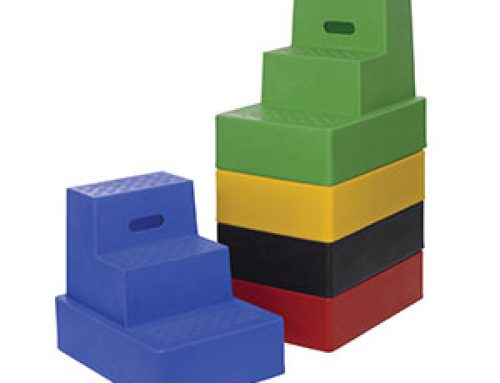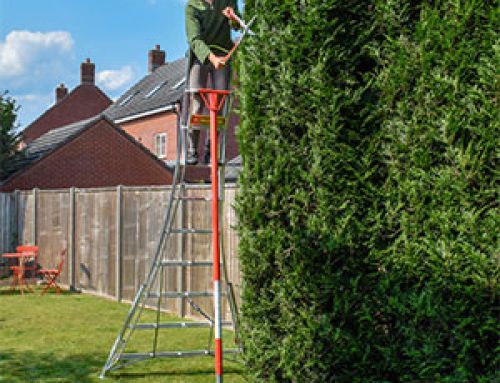After so much time at home over the past 12 months you might think that everyone's been completing their DIY jobs and that this spring is the time to relax, wouldn’t you? However, there will always be jobs around the home that need doing, such as window cleaning, painting and maintenance. The loss of income many people have experienced means a lot of people have to carry out these jobs themselves rather than pay a professional, but that doesn't mean using substandard equipment is OK.
For house painting jobs and other external maintenance tasks you need an extension ladder which has enough height to reach the top of the areas you need to access, plus a couple of rungs spare. You should never climb right to the top rung of a ladder (unless you are transferring to a roof ladder, and even then the ascent ladder should protrude above the gutter line by 2 rungs). It is also vital that the ladder is set up correctly, and there are apps available to help you achieve this.
If you can't get an app, there is a simple way of ensuring the angle is correct – stand with your feet just under the bottom rung and hold your arms out, and see whether you can comfortably put your hands on the rung at shoulder height. If you can, you have the right angle. If your hands go over the rungs then the ladder is at too sharp an angle, and if you can't touch the rungs then the ladder is at too deep an angle to be safe.
Lyte is one of the market leading ladder manufacturers favoured by the trade. You can be sure that a Lyte ladder will be safe, well made and perfect for any job around the home. They make a wide range of ladders, from those suitable for DIY jobs to heavy duty, professional ones; the type of ladder you need will depend on the job you intend to use it for. Other things to be taken into consideration are the weight of any equipment you need to use while up the ladder and the budget you have. For most domestic jobs the DIY range is perfectly suitable, and with wide stabilising bars at the base they're safe and secure for even inexperienced ladder users.
The Lyte DIY range goes from a 2 section 2.2 metre ladder to a 3 section 3.3 metre ladder; so unless you have a three or four storey townhouse this range has a ladder that is ideal for your domestic needs. They are reasonably priced and because you're purchasing from a trusted, well established supplier you don't need to worry about the integrity of your ladder. If you have a tall property, or you need to reach a flat on a high up floor, then the rope operated Lyte ladders are the best bet. The rope operation is there because these ladders are very long – 5.5 metres at the longest length – so they're also quite heavy. These ladders are more expensive, and in some cases it will be cheaper (and safer) to hire a professional who already has the right ladder than purchasing one yourself. Ladders can be hired from many tool shops, but we'd recommend exercising caution when hiring very long ladders, as without the proper training using them could be an exercise fraught with danger.
Werner are also a tried and trusted manufacturer. Their ladders are a little more expensive than Lyte ladders, but they also have the wide base bar to spread the load and stabilise the ladder from the ground up. The tallest option we stock reaches 3.5 metres, which is slightly taller than the longest Lyte DIY ladder.
If you are using a ladder for house painting, you will need to ensure that you can maintain as many points of contact with the ladder as possible – ideally three. This means having an accessory that you can fit to the ladder to hold your paint and brushes so you only need one hand free for painting. Werner ladders have a range of accessories designed for making tasks easy, but there are aftermarket paint buckets that can be fitted to any ladder to make your task as safe as possible.






Leave A Comment
You must be logged in to post a comment.